For most of us, home ownership sometimes seems like a goal that’s beyond our reach, but many people are finding creative ways to make it a reality. The van life and the tiny home movement aren’t new concepts, and we are seeing more and more people converting their vehicles into cozy mobile homes.
Compact living is quickly gaining momentum as the solution to paying off or doing away with mortgages, as well as, having a place to call home. That’s precisely what New York native Jessie Lipskin did when she chose to live more affordably by downsizing.
New York Living Inspired Jessie To Downsize
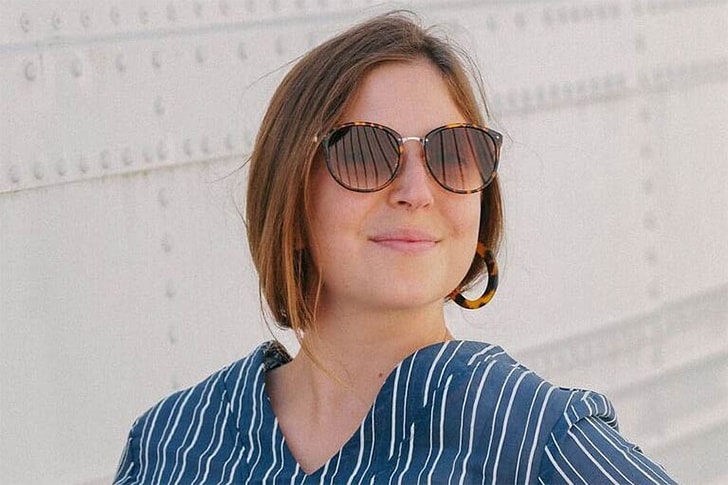
In 2015, when Jessie Lipskin was 27, she had spent the better part of her life living in New York. The only brief break she had taken from the hustle of the city was when she went upstate to attend Binghamton College. Admittedly, the Big Apple presents difficulties for someone trying to find a place to call home.
Lipskin saw people all around her struggling to cram what she considered as too many items into rented spaces. She started thinking of how she could escape the same situation and warmed up to the idea of packing all her stuff to go on the road. Her solution was, downsizing to tiny living.
Finding The Right Bus For The Job
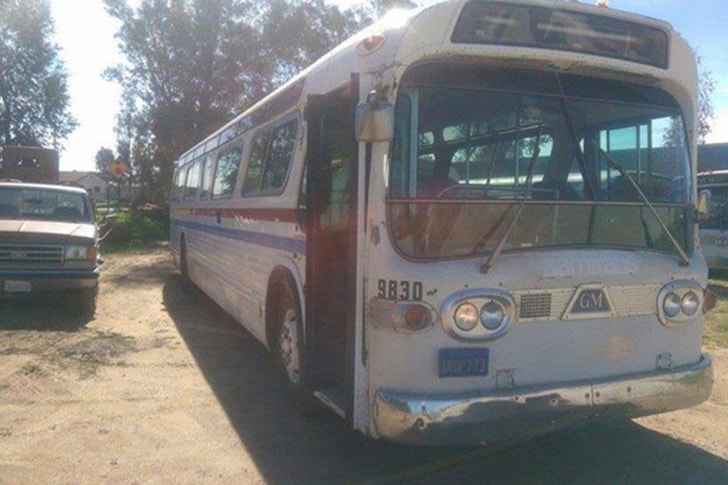
Lipskin, who had already been practicing sustainable living by adopting a vegan diet, was naturally drawn to van life. The documentary, Garbage Warrior, which depicts Michael Reynolds, an eco-architect, using recycled materials to construct solar-powered structures, inspired her to explore the possibility of tiny living.
She considered going for a minivan or a traditional recreational vehicle (RV), but eventually, she settled for a 1966 Greyhound bus. Lipskin felt that converting a vintage bus into a mobile home packed more elegance compared to going for an RV. She found it on eBay, going for $7K, and it was a similar model like the one seen in the action movie Speed.
She Didn't Have A Driver’s License (But It Didn’t Stop Her)

A native Manhattan resident, Lipskin hadn’t bothered to get a driver’s license before then. She had grown up relying on public transport, but choosing to go mobile meant that it was about time she learned how to drive. And that she did.
Lipskin started learning how to drive a stick-shift so that she would be able to maneuver her bus around. This was all before she bought the vehicle. However, after she had purchased it from the online shopping site, she now had the task of getting the bus to New York because it was in California.
Super Conversion Team Assemble!
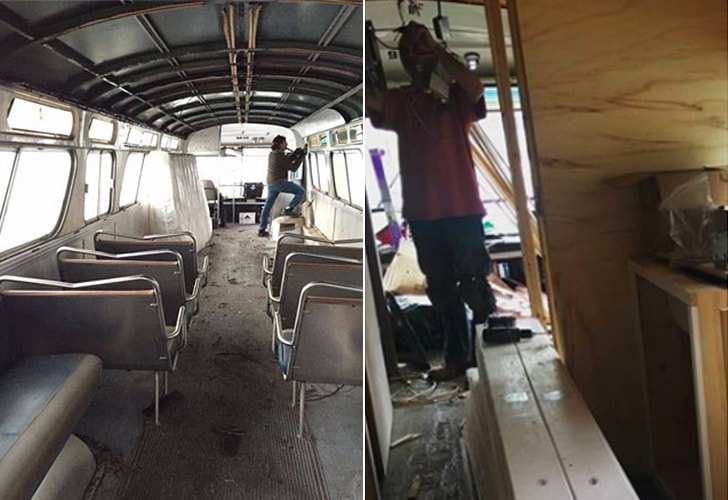
Two of her friends drove the bus to New York, all the way from Perris, California. Lipskin rented a place in New York for a bit and started gutting the vehicle before moving to New Jersey. She knew people there who could help her bring her vision to life.
She ended up moving the bus a total of seven times throughout the conversion process. The main reason was to make it more accessible to people who could help her carry out repairs and convert it. She also moved it whenever new parking spaces became available.
Jessie Drew Inspiration From Tiny Home Enthusiasts
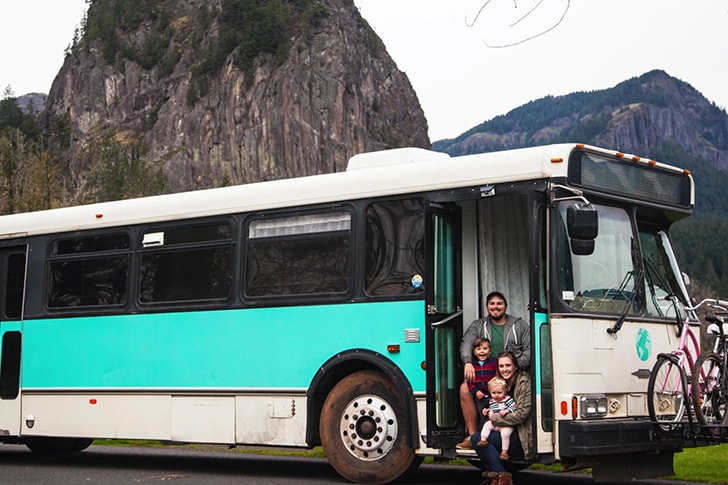
Throughout the process of designing her bus conversion, Lipskin drew inspiration from tiny home enthusiasts on Instagram. She shared that "The Modern Caravan" and "Fern the Bus" are some of the accounts she stalked to get her creative juices flowing.
Many people now blog about their tiny home conversions and there are also YouTube channels promoting the lifestyle. That makes it even easier for anyone aspiring to join the movement to figure out how to go about it. Several of them even provide step by step guidelines on the makeover process of converting a vehicle into a liveable space.
Converting The Bus To A Home Took Three Years
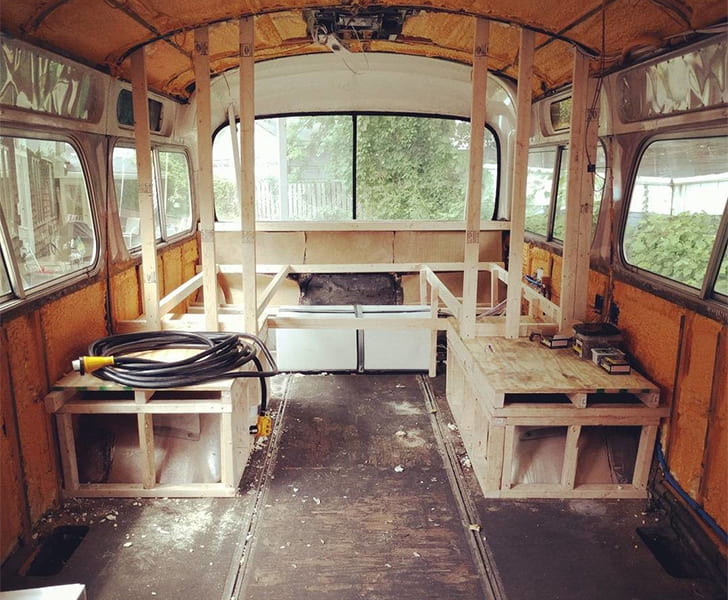
Money often determines how fast the conversion process goes and also whether or not professionals are involved. It took Lipskin three years to complete her new living environment because she had faced several challenges. She explained that the biggest setback she encountered was finding the right contractors to help with the conversion process.
Plumbing, carpentry, and electricals were some of the aspects she needed help with and this delayed the process. The slanted windows and angles located at different points of the bus also created a challenge because they required curved woodworking.
Let's Take A look Inside!
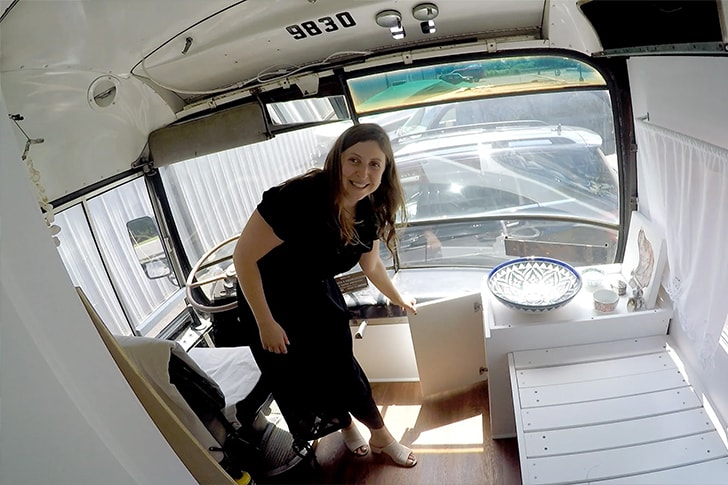
In January of 2018, Lipskin finally had a place that she could call home. The long wait was worth it because she had finally transformed her dream into a reality. The decked-out mobile home boasted three separate walk-in closets and two fully functioning air conditioning units!
It’s entire water and electricity system are environmentally sustainable. The long process had also allowed her to truly personalize the space to her liking, and it showed, both on the exterior and interior. She had painted it a crisp, clean white color and she carried through with the theme on the inside.
A Kitchen With Modern Amenities
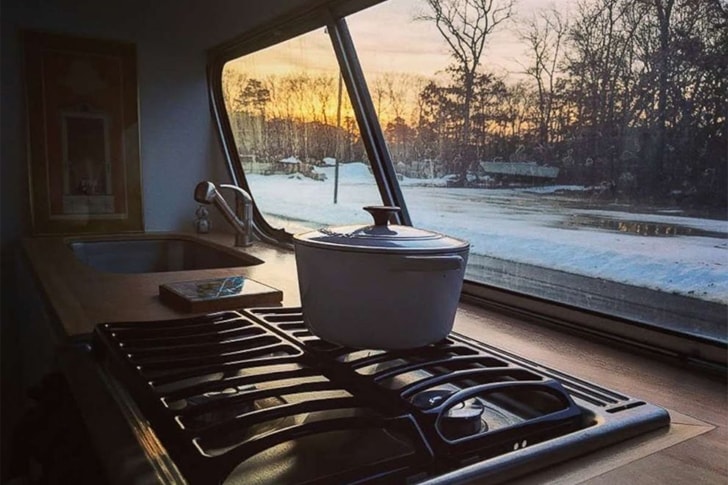
Lipskin decided to go for a modern kitchen design featuring just about every appliance and fixture you would find in a regular brick home. She went for maple countertops and she’s proud of contributing to the sanding and sealing process. There’s also a stovetop/oven that fits right into the available space.
Lipskin included a washer/dryer too, and it is energy-efficient, which is in line with her sustainability efforts. The kitchen also houses a propane tank and an instant water heater. There’s also a large sink which is almost a luxury in these kinds of residences.
Her Biggest Indulgence Was Hiring A Master Carpenter
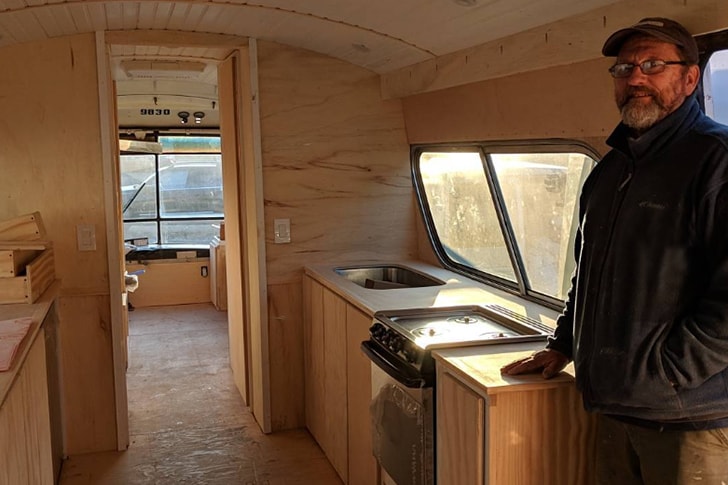
Lipskin explained that her biggest indulgence, by far, was contracting a master carpenter to handle the custom woodwork. During the conversion process, she had to account for movement and also get the angle calculations right. Precision was important to make sure the doors and windows would still open or close even when the bus is parked slightly off-kilter.
She explained that levels proved useless as the inclination of the bus changed depending on the location. That’s why calculating the angles proved even more crucial and this is what caused delays in creating her new home space. Regardless, it all paid off and she finally had a deluxe house on wheels.
She Picked Up Some DIY Experience Along the Way
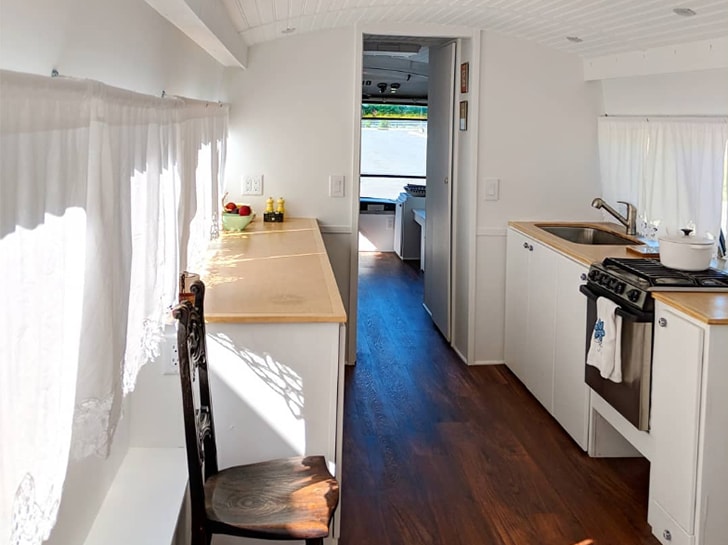
Lipskin shared that she didn’t grow up doing a lot of Do-It-Yourself projects but this task that she was engaged in allowed her to pick up on a few skills. She helped where she could, mainly working on the countertops, as well as, the home decor aspects.
Most people who choose to convert a van or bus into a home often handle the majority of work themselves. They also oversee the areas that they choose to get help with, to make sure that the end product is precisely how they envisioned it.
An Indoor Bathroom Complete With A Shower
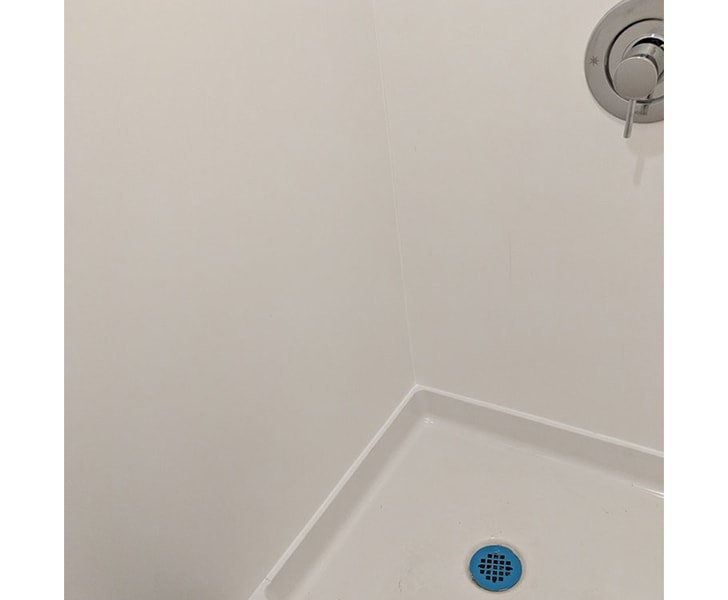
There is an indoor bathroom featuring a shower and it is placed adjacent to the kitchen. The high ceiling of the bus allowed for the installation of a full-standing shower. Much like most of this tiny home, the bathroom has mahogany woodwork with slotted flooring, perfect for drying off after a bath.
The shower is set up to drain water into a gray water tank that is mounted underneath the bus. Also, the water that flows from the slotted wooden floor next to the shower drains into the grey water tank keeping everything as ecologically balanced as Lipskin desired.
Lipskin’s Favorite Space Is the Bedroom

When asked about her favorite space within her new home, Lipskin said that it was, undoubtedly, her bedroom. It is visible from the kitchen and just like the rest of the house, it features a crisp white hue. She explained that she loves feeling enclosed in her big cozy room with an equally comfortable mattress.
The bedroom is also next to a window draped with velvet curtains which she says she spent a good amount of time searching for. She can draw them up to let in some light and also just to enjoy the beautiful view of the surrounding nature.
She Went For A Full-Sized Bed
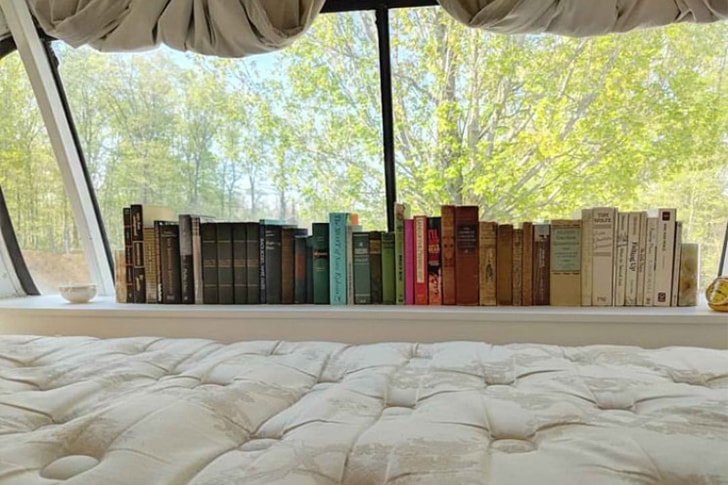
She also didn’t skimp out on luxury when choosing a bed and she went for a full-sized one. That is one of the noted advantages of going for a bus over a van; it has more than enough room to accommodate one or even two full-sized beds, along with other desirable pieces of furniture.
She also has a freshwater tank set up underneath the bed. Plus, there is additional space to accommodate sleeping guests at the front, as well as, a space-saving full-sized pull-out bed that is available for when guests drop by. We've got to hand it to her, Lipskin truly made this into an ideal home!
Tiny Living Allows Her To Enjoy Hobbies Like Reading
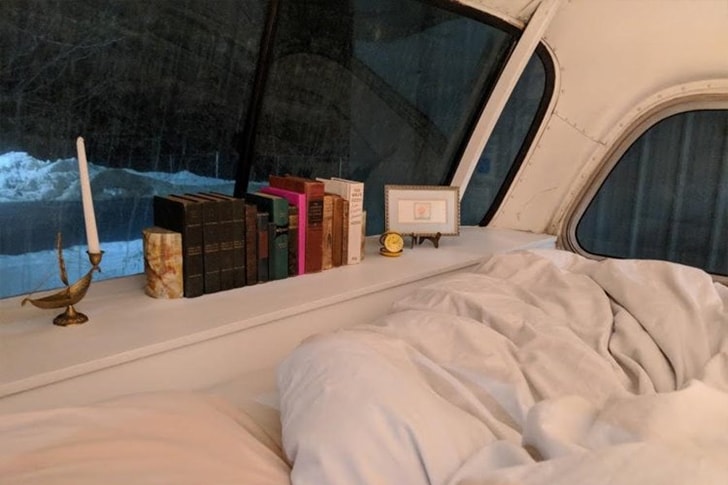
Within an arm’s reach of her bed is Lipskin’s personal library. She appreciates the fact that tiny living allows her to enjoy hobbies like reading. In fact, she chose to skip out on having a TV set so that she could focus more on reading books.
The placement of her bookshelf allows her to curl up in bed and dig into a good book; not to forget, the breathtaking views of the surroundings from the various locations she chooses to park her mobile home. She also enjoys the outdoors which was a passion she developed while still in school.
A Minimalistic Yet Functional Approach
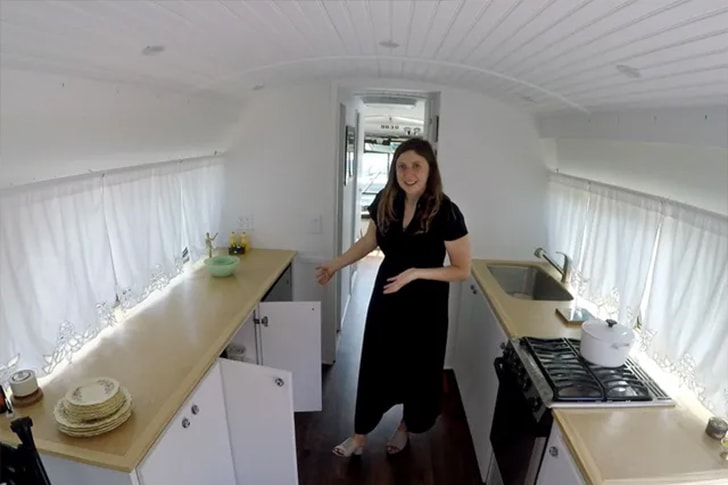
Lipskin had the grand vision of transforming the Greyhound bus into a minimalist yet functional space. The entire space features clean lines, with pops of color livening up the otherwise predominantly white-hued theme. She managed to turn 400 square feet of space into a bright, cozy, and airy haven.
In fact, adopting minimalism is one of the reasons most people decide to join the van/bus movement. Choosing to downsize to tiny living allows them to purge the unnecessary things which have made their way into their homes. It allows them to embrace life with more freedom.
The Closet Doors Are Mirrored
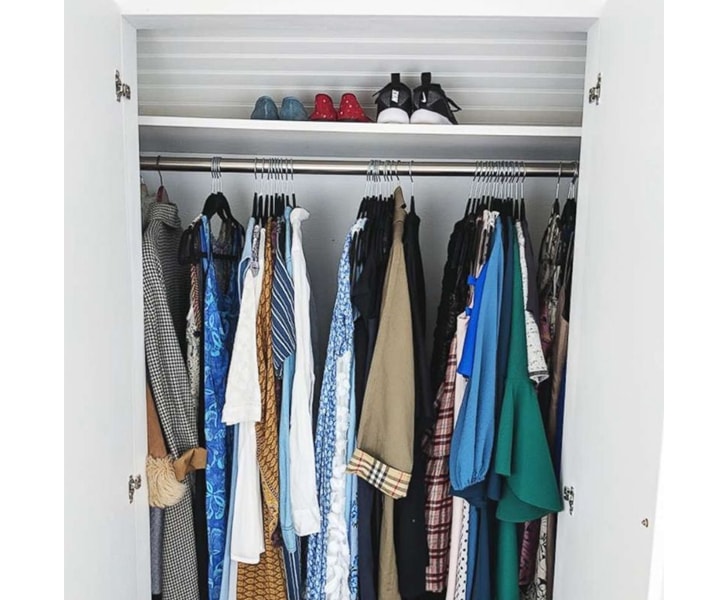
Amongst the challenges that Lipskin faced during the conversion process was building the walls, and also, the closets. She explained that getting the angles right played a factor as well because this would affect her ability to open the closet doors depending on how the bus is parked.
She was able to install the closets with the help of her friends, which made the project even more special. It all came together and she now has three independent walk-in-closets! One of them features mirrored double doors, making the entire space feel even more generous.
It Wasn’t Difficult For Her To Minimize Because She’s Always Been Organized

For Lipskin, paring down to bare necessities wasn’t difficult because she has always been organized. The process of making the most out of the limited space she had was like second nature as she had already gotten rid of items she didn’t need.
She also said that residing in an apartment in New York had provided her with the experience she needed to live in a tiny home. She decided that instead of digging into her savings account to furnish the space with materialistic items she would only keep the things that mattered most.
She Chose To Include Heirlooms In Her Tiny Home

Photos of her grandparents adorn the walls of the tiny home. She also has other heirlooms enhancing different areas of the residence. A set of fine china dishes, which is an inheritance that she received from her great-grandmother, rests on one of the countertops in the kitchen.
She also has decorative rags and artwork, making the interior visually stunning. A particular oil painting that she has hung up in the central hallway came from a goodwill sale. These specific pieces also incorporate a touch of color to spruce up the home.
She Decorated The Space With Colorful Touches
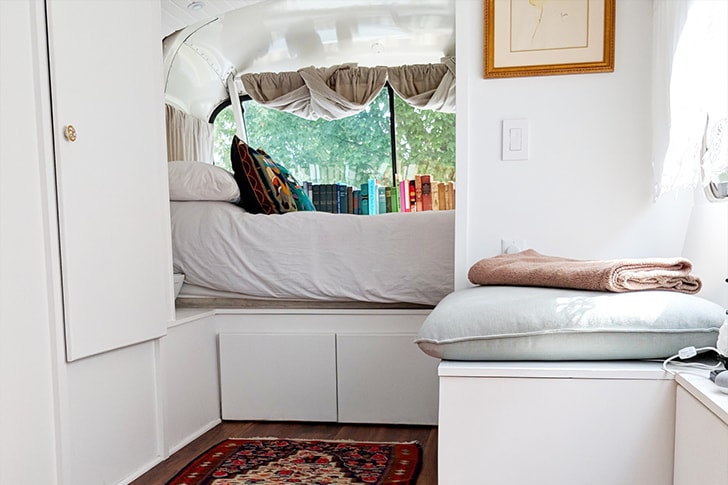
It has been reported that decorating a bus can sometimes cost you more than if you were accessorizing a regular home. This is particularly the case if certain elements are upgraded to support off-grid living. However, the same decor pieces that you would find in a normal house still work well within tiny homes.
Lipskin went for other homely touches to decorate the converted bus, including colorful pillows and a vase of flowers, embellishing one of the countertops. Even the knobs on the closet doors and other cabinets, that she got from Amazon, contributed to the design element.
Her Mobile Home Features All the Electrical Appliances She Needs
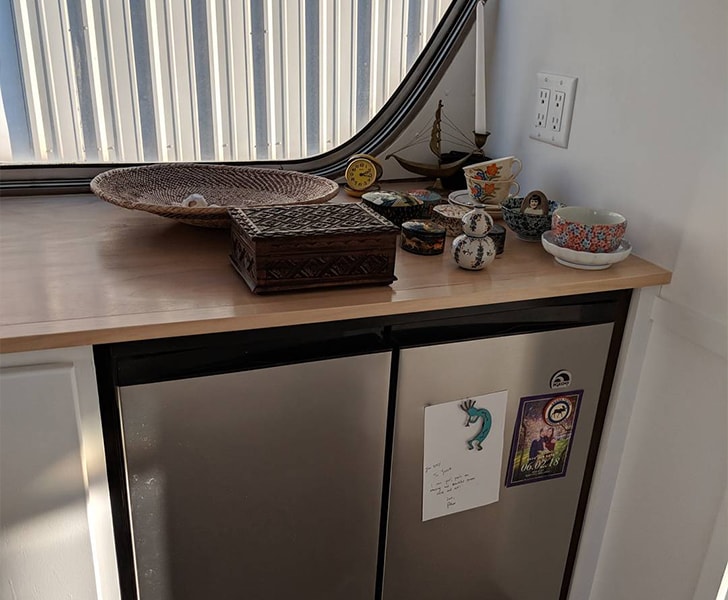
The team that worked on the bus conversion managed to set up the electric system which allowed Lipskin to fit in all the electrical appliances she needed. She has a refrigerator, water heater, and a washing machine/dryer within her humble abode.
Once again, the extra room a converted bus provides offers the flexibility of including just about every appliance that you want. Having items like a washing machine and dryer onboard really come in handy and they help to make this home a self-sufficient paradise. You have everything you need in one location!
She Sold The Bus Seats To A Restaurant
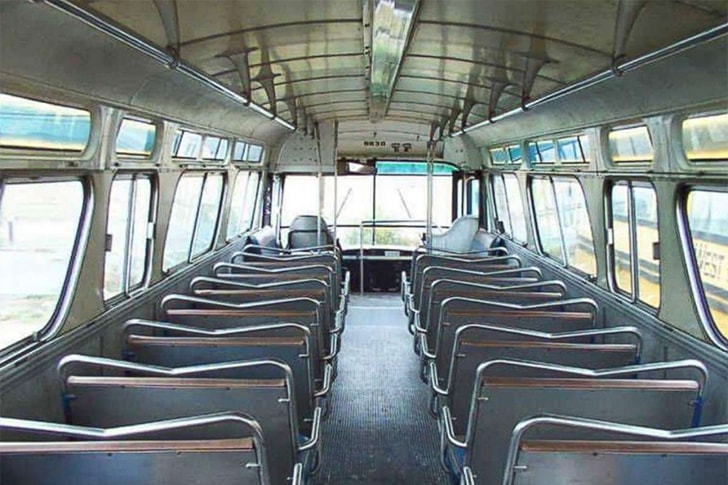
Lipskin also chose to sell the initial bus seats to a restaurant owner. Most people who choose the tiny lifestyle typically follow the same route and for most, they also incorporate recycled materials into the building process. Without a doubt, she must have used the profits to aid in building her dream home.
Another positive aspect she had working for her is the fact that buses are built to last. Given that the Greyhound commuter bus she converted was a 1966 version that was still in good condition, it goes to show just how durable buses are for tiny living as well.
The Final Cost Of The Home On Wheels
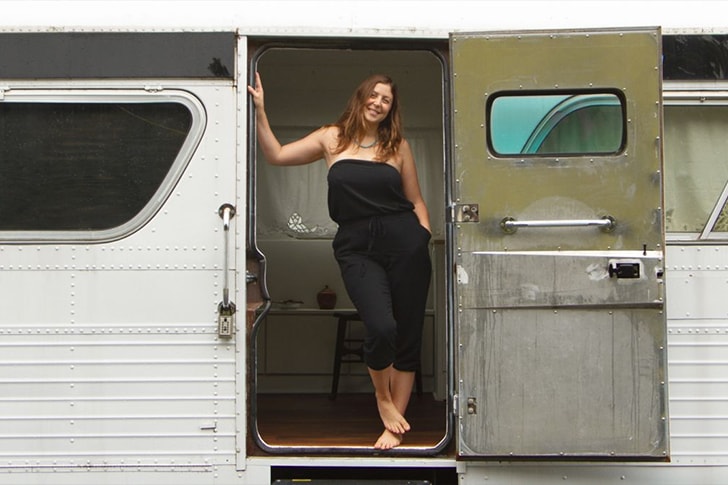
On average, the cost of converting a bus is about $30K based on figures provided by people who have done it before. The cost increases depending on how long it takes to construct. The price is also based on how lavish you want it to be. Lipskin spent a total of $125K including the cost of electrical work, plumbing, decor, and appliances.
Other tiny home lovers try to keep costs down by doing the majority of the work themselves and also using repurposed materials whenever they can. However, after the construction is over, there are still costs related to keeping the bus running; home maintenance has to be taken into consideration.
Lipskin Chose To Sell Her Home On Wheels
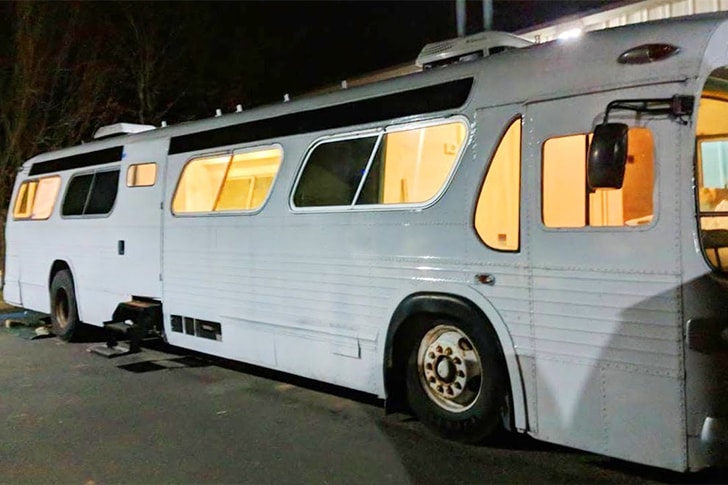
After a short stay in her mobile home, Lipskin decided to sell the fairly new abode for an asking price of $149K. She explained that the bus proved to be too large of a space for her, particularly when it came to driving it around. The bus found a new owner and it’s currently located in Joshua Tree.
The new owner chose to rent it out as an Airbnb, allowing anyone interested in tiny living the opportunity to test the waters. The new owner has also kept the mobile home’s esthetics except for carrying out a bit of remodeling that included a new full bathroom.
Traveling Abroad And On the Lookout For An Airstream Trailer

Lipskin, who is a finance manager, decided to embark on a travel journey abroad. She explained that working remotely allowed her the luxury of making an international trip. She also said that when she gets back she will be on the lookout for an Airstream trailer or a Sprinter van.
Van conversions start at $10k and could go upwards to $100K based on all the factors discussed earlier. Trailers are another great option for those looking to embrace tiny living. They offer significantly more space and are easy to set up in a semi-permanent location on either owned or rented property.
She Dreams Of Settling Down In the Northeast
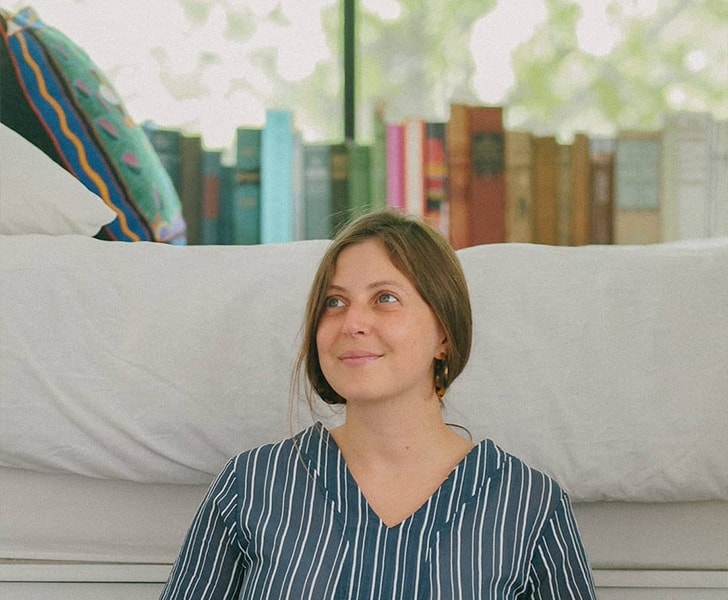
Once she gets back and begins the next chapter of her tiny living journey, Lipskin envisions settling in the northeast. She said that she hasn’t decided on a specific location but she is gravitating towards New England. That is the beauty of mobile living as it allows people to realize their dreams of traveling and settling in exotic locations.
People who are attracted to the movement are often also looking to settle into quiet lifestyles, making isolated locations desirable for them. Regardless, the majority of those who have downsized to this way of life can’t stop marveling about what it has done for their well-being and finances.
